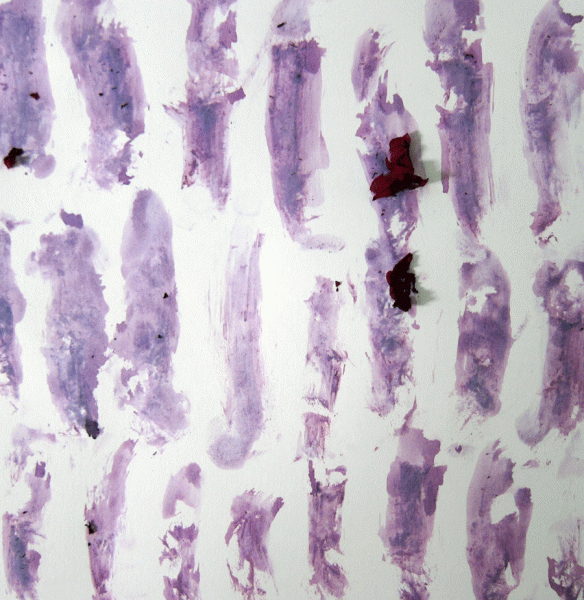Here’s a wax drawing that uses everything – the spaces between words, the words themselves and the spaces between lines. The text is a fragment from the essay “The Visitation” by Jean-Luc Nancy (The Ground of the Image). Nancy discusses the theory of western religious painting as representation of Christian thought, but also talks about its place within a wider context of the image as art – beyond content, beyond memorialization. I am fascinated by his statement:
“Art never commemorates. It is not made to preserve a memory, and whenever it is set to work in a monument, it does not belong to the memorializing aspect of the work.”














